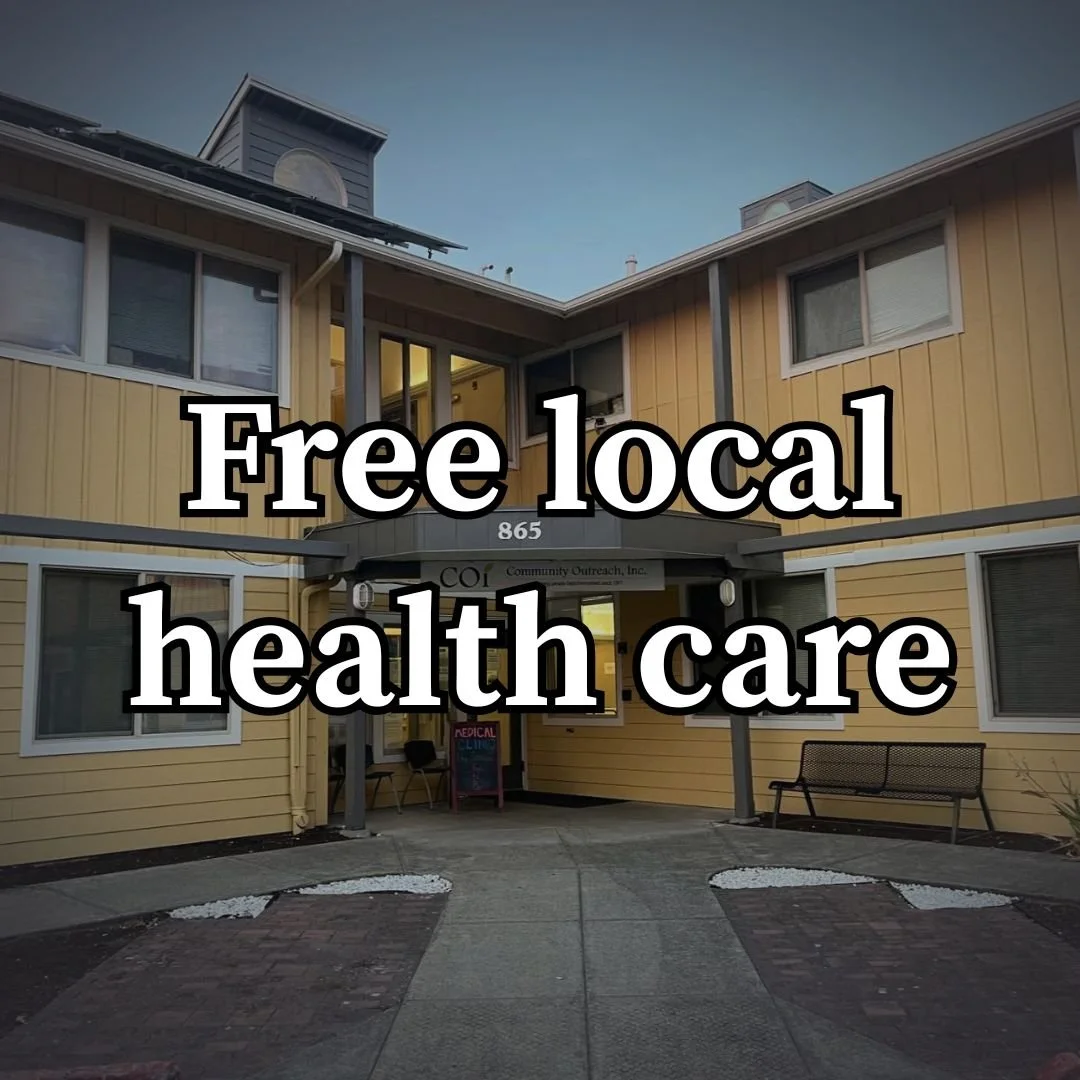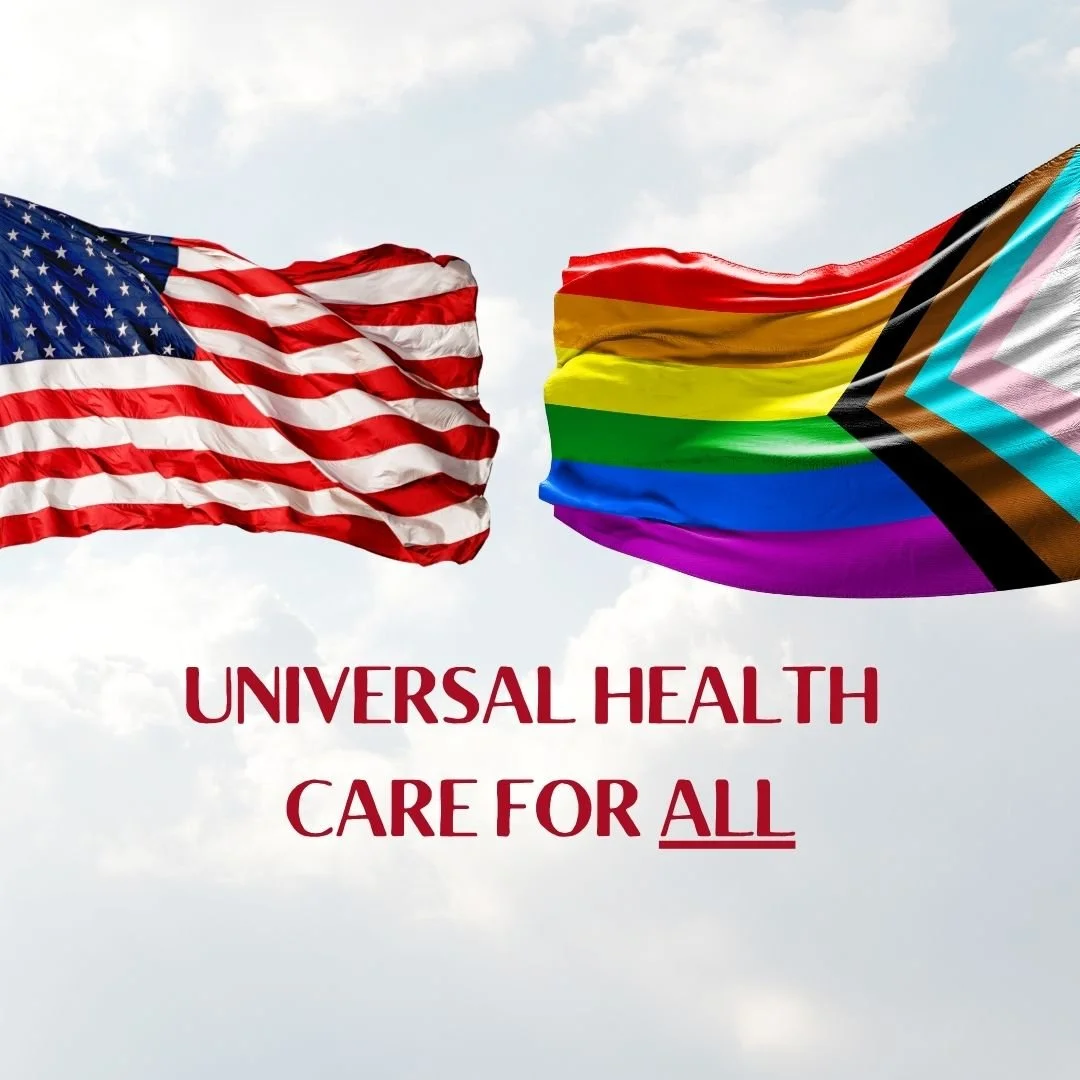
What is single payer? FAQ
What is single-payer health reform?
Universal coverage for all medically necessary care – health care that’s publicly financed but largely privately delivered.
In the U.S. context, “single payer” usually refers to “single-payer national health insurance,” a nonprofit system in which everyone is covered under a single public or quasi-public plan that pays for care, but the delivery of care remains largely in private hands.
Under a single-payer system, every resident of the U.S. would be covered from birth to death for all medically necessary care, including doctor, hospital, preventive, long-term care, mental health, reproductive health care, dental, vision, prescription drug and medical supply costs. Patients would no longer face financial barriers to care such as premiums, copays and deductibles, all of which would be abolished. Coverage would be portable – e.g. no longer tied to employment or to an insurer’s network of providers – and truly universal.
Patients would have free choice of doctor and hospital. The restrictive networks associated with today’s private insurance companies would be eliminated.
Doctors would regain autonomy over patient care, no longer micromanaged by private insurers or burdened by costly paperwork.
The single-payer system’s overarching aim is to provide comprehensive health coverage to everyone in the country, and to do so equitably, efficiently and at lower cost to individuals and the nation.
How can we afford it?
By slashing administrative waste, retaining current public funding of care, and introducing modest new progressive taxes.
The system would be funded in part by the savings obtained from replacing today’s welter of inefficient, profit-oriented, private insurance companies – and the system-wide administrative waste they generate – with a single streamlined, nonprofit public payer. Such savings, estimated in 2017 to be about $500 billion annually, would be redirected to patient care.
Existing tax revenue would fund much of the system. According to a 2016 study in the American Journal of Public Health, tax-funded expenditures already account for about two-thirds of U.S. health spending. That revenue would be retained and supplemented by modest new taxes based on ability to pay, taxes that would typically be fully offset by the elimination of today’s premiums and out-of-pocket expenses for care. The vast majority of U.S. households – one study says 95 percent – would come out financially ahead.
The system would also reap savings from its powerful bargaining clout, e.g. its ability to negotiate with drug and medical supply companies for lower prices.
It would also save money by giving hospitals annual lump-sum (“global”) budgets to run their operations, rather than have them bill for every Band-Aid, and by regulating hospitals’ capital expenditures (new buildings, major equipment) on the basis of community need. All hospitals would be required to transition to nonprofit status, another source of the system’s savings.
Will a single-payer system work?
Other countries show it works well. Our own Medicare program is instructive.
Yes. Single-payer programs in other nations such as Canada, Taiwan, and Australia show that it’s possible to provide high-quality care for everyone at about half the cost, per capita, that the U.S. is spending now. Medical outcomes in such systems are generally as good if not better than those with private insurance in the U.S., and everyone is covered.
Our traditional Medicare program, which provides coverage for our nation’s seniors and the severely disabled, operates with low overhead, about 2 percent, in comparison with private insurers’ average overhead of about 12-14 percent. And Medicare enjoys very strong public approval ratings. That said, today’s Medicare suffers from serious deficiencies such as high cost sharing and gaps in coverage. And because it operates alongside many other insurance plans, hospitals and other providers have to maintain their complex and expensive cost tracking and billing systems. A single-payer national health insurance program would correct those deficiencies, creating, in effect, an improved version of Medicare for all.
Do U.S. doctors support this concept?
Surveys show most doctors would welcome it.
Yes. Doctors are increasingly fed up with the bureaucratic hassles, paperwork and meddling imposed on them by today’s private-insurance-based system. They want to regain autonomy over patient care – to do what they were trained to do. They are also acutely aware of the human suffering caused by the lack of access to care under our existing arrangements.
National and state surveys of physician attitudes have shown a marked shift over the past few decades toward support for a single-payer plan. A national survey published in Annals of Internal Medicine in 2008 showed that 59 percent of U.S. physicians support national health insurance, an increase of 10 percentage points from five years before.
In August 2017, a survey conducted by Merritt, Hawkins and Associates, a physician recruiting firm, found that 56 percent of U.S. physicians either strongly support or somewhat support a single-payer system.
Is this program ‘socialized medicine’?
No. It’s closer to Canada’s system than the U.K.’s.
In socialized medicine systems, hospitals are owned by the government and doctors are salaried public employees. Although socialized medicine has worked well for our Veterans Administration, and for countries that have single-payer “national health services” like England, Sweden and Spain, that way of organizing care is not the same as what we are talking about here.
Canada is often cited as an example of a country with single-payer health insurance. Canada’s federal and provincial governments handle the system’s financing, but care is delivered mainly through doctors in private practice and privately owned hospitals.
In many ways our traditional Medicare program, which is a form of social insurance, bears a resemblance to single-payer national health insurance.
Is there support for this approach in Congress?
Support in the House and Senate is at an all-time high.
The Medicare for All Act of 2023-24 H.R. 3421, is currently in Congress. The bill would establish an American single-payer health insurance system, publicly financed and privately delivered, that builds on the existing Medicare program. H.R. 3421 was introduced by Rep. Pramila Jayapal and 115 co-sponsors in May of 2023. Its predecessor, H.R. 1976, was co-sponsored by a majority of the House Democratic caucus in the previous (113th) Congress.
Polls over the past two decades show that about two-thirds of the U.S. population supports this approach.
On the Senate side, Sen. Bernie Sanders introduced the Medicare for All Act of 2023, S. 1655, with 14 original co-sponsors. PNHP has welcomed Sanders’ bill, but notes it could be strengthened in several important ways.
Won’t we be letting politicians run the health system?
No. Health professionals will be at the center of a publicly accountable, nonprofit system.
In a single-payer system, medical decisions will be made by doctors and patients together, without insurance company interference – the way they should be.
Right now, many health decisions are made by corporate executives behind closed doors, and their primary interest is in maximizing their company’s profit, not providing care. Their behavior is unaccountable to the public.
In contrast, in a public and nonprofit single-payer system, patients will have top priority and the public will have a say in how the program’s run. The single-payer bills in Congress have explicit provisions for public accountability and transparency in the management of the system. Persons who violate the public’s trust will be held to account.
Won’t single payer result in rationing and long waiting lines?
Not with good management and our nation’s abundant medical resources.
It will eliminate the rationing going on today. The U.S. already rations care based on ability to pay: if you can afford care, you get it; if you can’t, you don’t. Average waiting times are longer in the U.S. than in other developed countries.
From the start of the pandemic in the U.S. to March 2022, there were 338,594 deaths attributable to lack of access to healthcare services. Many people skip treatments that their insurance company refuses to cover. This constitutes an unfair and often lethal form of rationing.
A single-payer system will ensure that everyone has access to a single tier of high-quality care, based on medical need, not ability to pay.
Long wait times for non-urgent procedures in some countries, e.g. hip replacements in Canada, are often cited by opponents of single-payer reform as an inevitable consequence of universal, publicly financed health systems. They are not. Wait times are a function of a health system’s capacity and its ability to monitor and manage patient flow.





